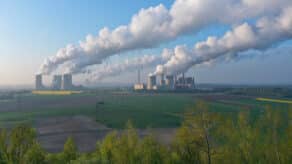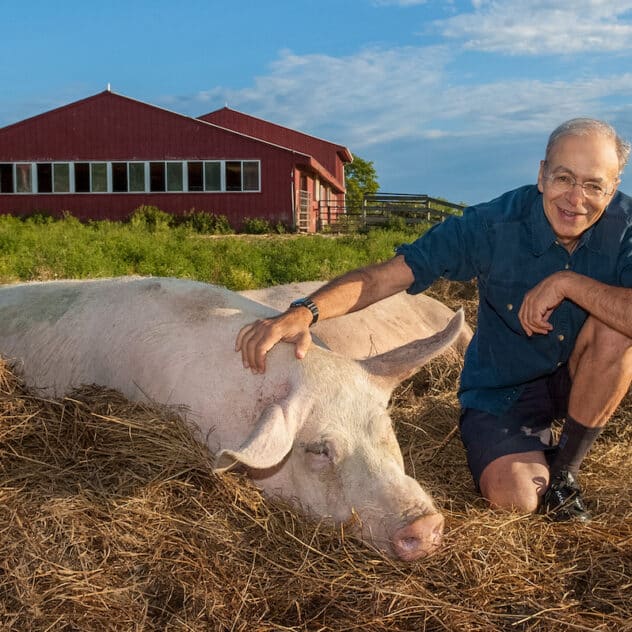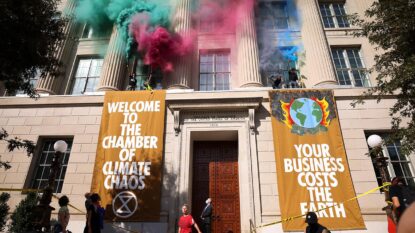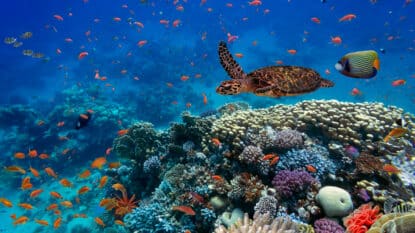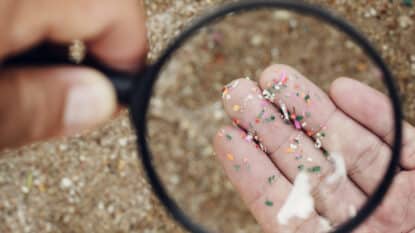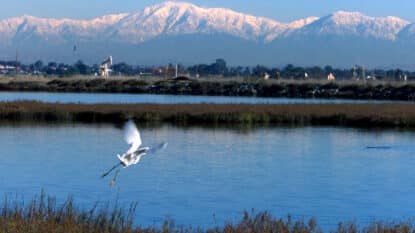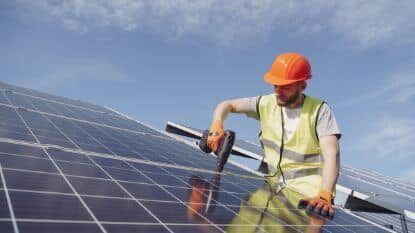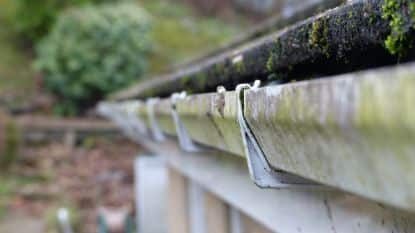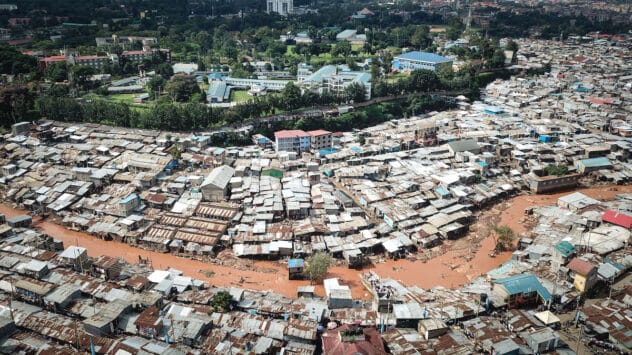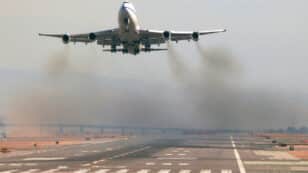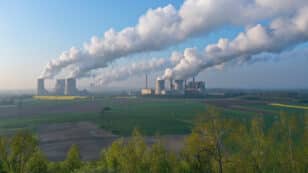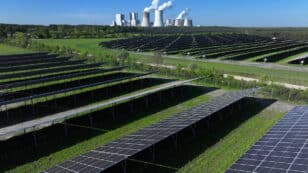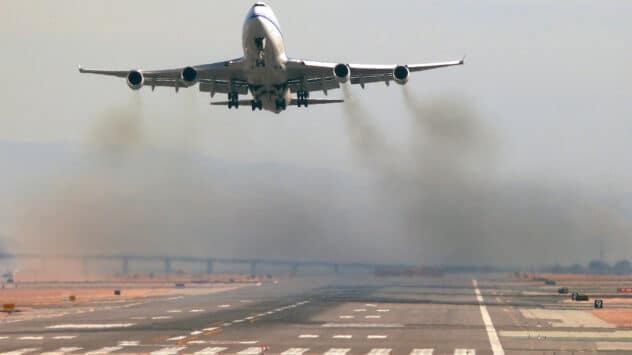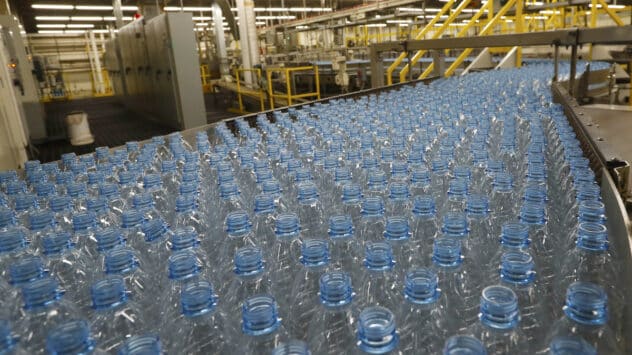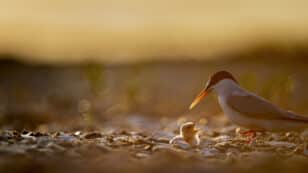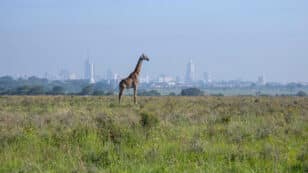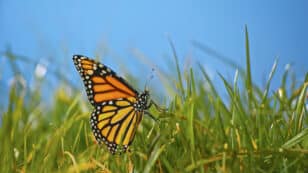Food and Agriculture
Tasty, Carbon-Negative Kelp Burgers Are ‘Everything That’s Right With the Food System’
There are all sorts of meatless burgers out there, from bean and soy to those trying to look and taste like beef, but have you ever tried a Kelp Burger? If not, you’re missing out on a flavorful, nuanced, sustainable eating experience. Kelps are large brown seaweeds or algae that grow in underwater forests. There are 30 different types, and they are all extremely beneficial for the environment. Kelp absorbs carbon dioxide from seawater to the tune of nearly five million tons each year, according to New Scientist, which helps reduce ocean acidification, as well as sequesters phosphorus and nitrogen. Kelp also provides habitat for fish and other marine life. Kelp isn’t just good for the ocean and the atmosphere, it’s good for you — tasty and packed with vitamins, minerals and antioxidants. In 2021, […]
Read more…

 233k
233k  41k
41k  Subscribe
Subscribe 
